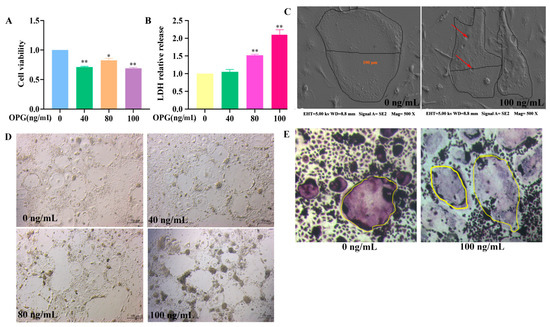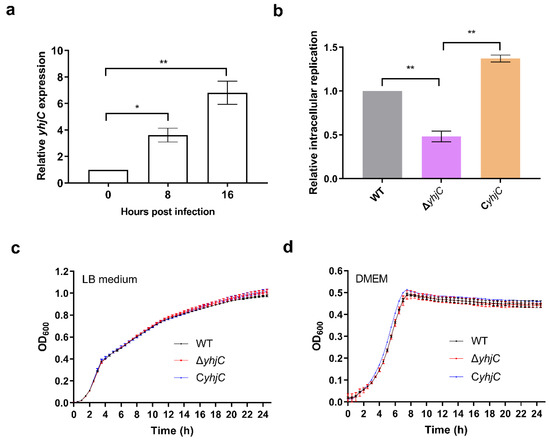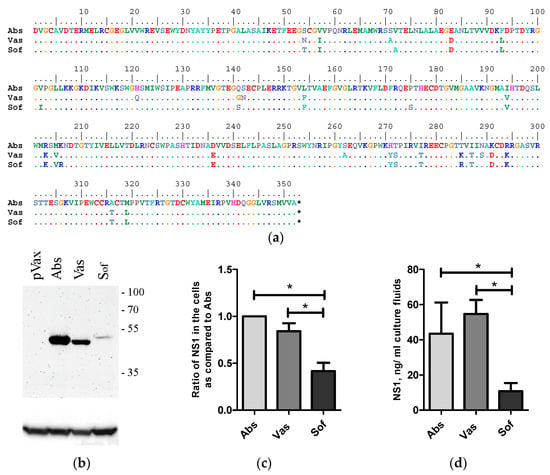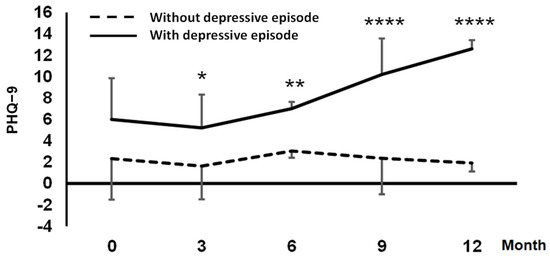Int. J. Mol. Sci. 2023, 24(2), 1573; https://doi.org/10.3390/ijms24021573 - 13 Jan 2023
Cited by 7 | Viewed by 2236
Abstract
During the development of yellow-fleshed kiwifruit (Actinidia chinensis), the flesh appeared light pink at the initial stage, the pink faded at the fastest growth stage, and gradually changed into green. At the maturity stage, it showed bright yellow. In order to
[...] Read more.
During the development of yellow-fleshed kiwifruit (Actinidia chinensis), the flesh appeared light pink at the initial stage, the pink faded at the fastest growth stage, and gradually changed into green. At the maturity stage, it showed bright yellow. In order to analyze the mechanism of flesh color change at the metabolic and gene transcription level, the relationship between color and changes of metabolites and key enzyme genes was studied. In this study, five time points (20 d, 58 d, 97 d, 136 d, and 175 d) of yellow-fleshed kiwifruit were used for flavonoid metabolites detection and transcriptome, and four time points (20 d, 97 d, 136 d, and 175 d) were used for targeted detection of carotenoids. Through the analysis of the content changes of flavonoid metabolites, it was found that the accumulation of pelargonidin and cyanidin and their respective anthocyanin derivatives was related to the pink flesh of young fruit, but not to delphinidin and its derivative anthocyanins. A total of 140 flavonoid compounds were detected in the flesh, among which anthocyanin and 76% of the flavonoid compounds had the highest content at 20 d, and began to decrease significantly at 58 d until 175 d, resulting in the pale-pink fading of the flesh. At the mature stage of fruit development (175 d), the degradation of chlorophyll and the increase of carotenoids jointly led to the change of flesh color from green to yellow, in addition to chlorophyll degradation. In kiwifruit flesh, 10 carotenoids were detected, with none of them being linear carotenoids. During the whole development process of kiwifruit, the content of β-carotene was always higher than that of α-carotene. In addition, β-cryptoxanthin was the most-accumulated pigment in the kiwifruit at 175 d. Through transcriptome analysis of kiwifruit flesh, seven key transcription factors for flavonoid biosynthesis and ten key transcription factors for carotenoid synthesis were screened. This study was the first to analyze the effect of flavonoid accumulation on the pink color of yellow-fleshed kiwifruit. The high proportion of β-cryptoxanthin in yellow-fleshed kiwifruit was preliminarily found. This provides information on metabolite accumulation for further revealing the pink color of yellow-fleshed kiwifruit, and also provides a new direction for the study of carotenoid biosynthesis and regulation in yellow-fleshed kiwifruit.
Full article
(This article belongs to the Special Issue Polyphenols-Biological Systems Crosstalk)
►
Show Figures













